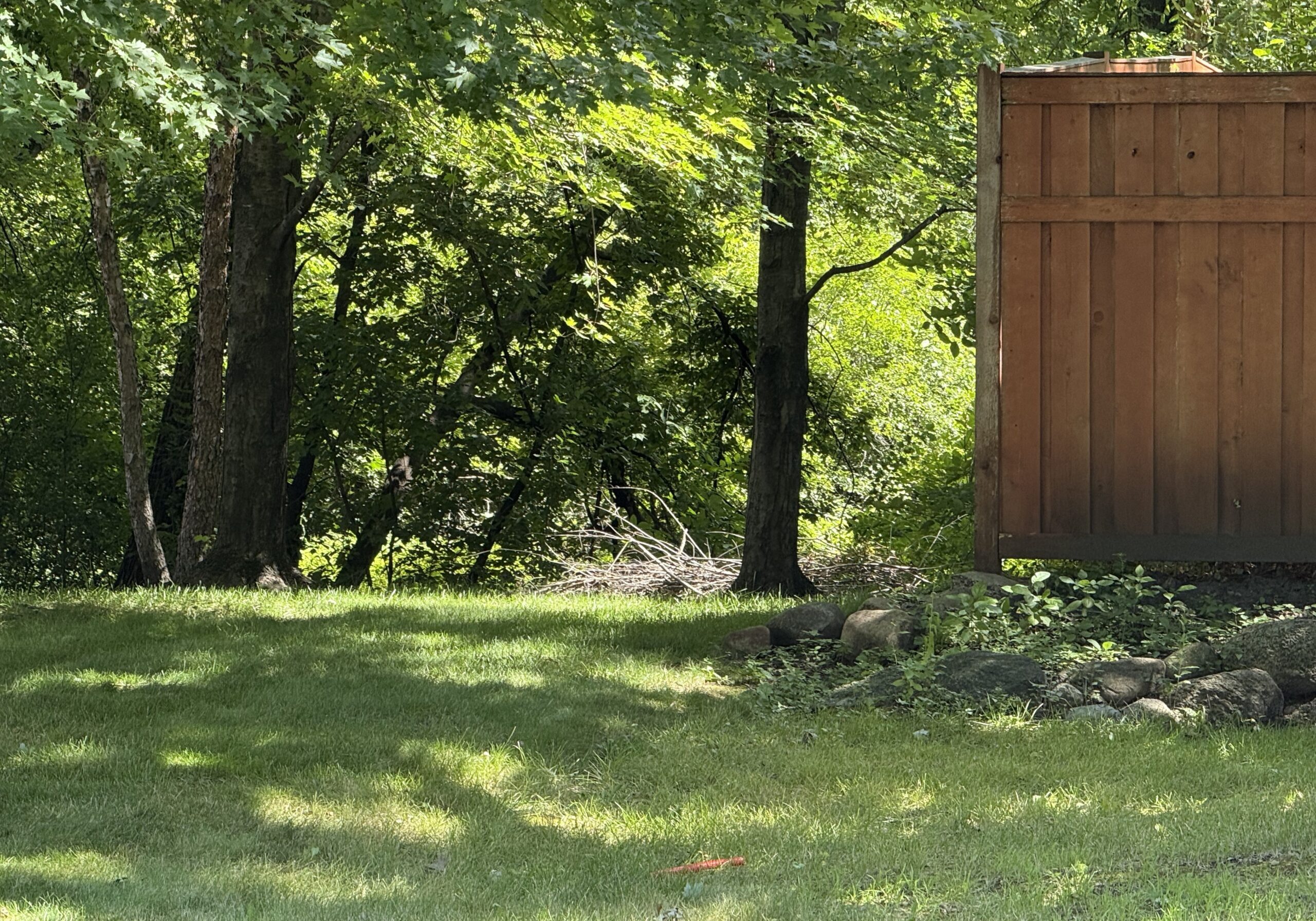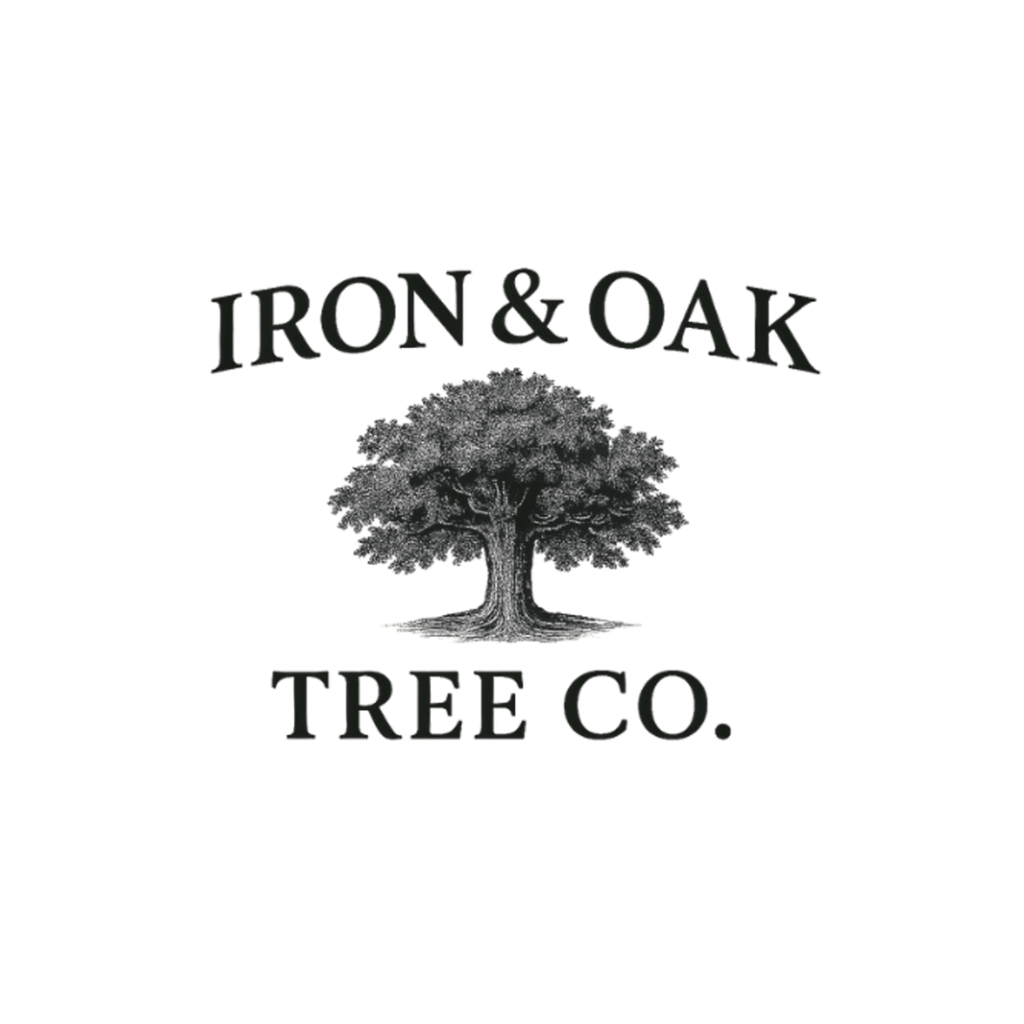
What to Do After Storm Damage
Minnesota weather can be unpredictable—thunderstorms, tornadoes, high winds, ice, and heavy snow can all leave behind a trail of damage. For homeowners, one of the biggest concerns after severe weather is storm-damaged trees. Broken branches, split trunks, and uprooted trees not only affect your landscape but also pose serious safety hazards.
At Iron and Oak, we’ve responded to countless emergency calls after storms. If you’re wondering what to do when a storm hits your property, here’s a step-by-step guide to help you stay safe and protect your home.
1. Put Safety First
After a storm, safety should always be your top priority. Stay away from:
-
Downed power lines – Always assume they are live and dangerous. Call your utility company immediately.
-
Hanging branches – Limbs can break loose at any moment.
-
Leaning or uprooted trees – These may shift suddenly.
If you suspect immediate danger, contact emergency services before doing anything else.
2. Inspect Your Property Carefully
Once it’s safe, walk around your property and check for:
-
Broken or hanging branches over driveways, sidewalks, or roofs.
-
Cracked or split trunks that could collapse.
-
Uprooted trees that may fall.
-
Blocked roads or driveways caused by fallen trees.
Take photos of all damage—this will help with insurance claims and when discussing services with a tree care company.
3. Contact Your Insurance Company
If a tree has fallen on your home, fence, or other structure, contact your homeowner’s insurance provider right away. Many policies cover tree-related damage, but documentation is key.
👉 For guidance, check out the Minnesota Department of Commerce’s insurance claims tips.
4. Don’t Try Dangerous DIY Tree Work
One of the biggest mistakes homeowners make is trying to cut down large damaged limbs or trees themselves. Storm-damaged trees are unpredictable—branches may be under extreme pressure, making them snap suddenly. Chainsaw accidents are extremely common after storms.
Instead, call professionals trained in emergency tree removal. At Iron and Oak, our crew has the experience and equipment to handle hazardous removals safely.
5. Schedule Professional Tree Removal or Trimming
Depending on the extent of the damage, you may need:
-
Tree Trimming & Pruning – Removing damaged branches to restore safety and shape.
-
Tree Removal – When a tree is beyond saving or poses immediate risks.
-
Stump Grinding – Clearing stumps left behind after removals.
👉 Learn more about our tree removal services and tree trimming and pruning.
6. Clean Up Safely
For smaller branches and debris, you can usually handle cleanup yourself. Wear gloves and eye protection, and use proper lifting techniques. For large limbs, consider professional cleanup—hauling heavy debris without equipment can be unsafe and exhausting.
7. Prevent Future Damage
While you can’t control Minnesota weather, you can minimize risks before the next storm:
-
Schedule regular inspections – Certified arborists can identify weak or diseased branches before they break.
-
Prune regularly – Thinning the canopy reduces wind resistance.
-
Remove hazardous trees early – Don’t wait until they become emergencies.
-
Plant wisely – Choose storm-resistant species and avoid planting too close to your home.
👉 Learn about tree care best practices from the University of Minnesota Extension.
Final Thoughts
Storm damage can feel overwhelming, but taking the right steps keeps you safe and prevents further problems. From emergency removals to preventative care, Iron and Oak is here to help Minnesota homeowners weather any storm.
📞 Contact us today for 24/7 emergency tree services or to schedule a post-storm inspection.
